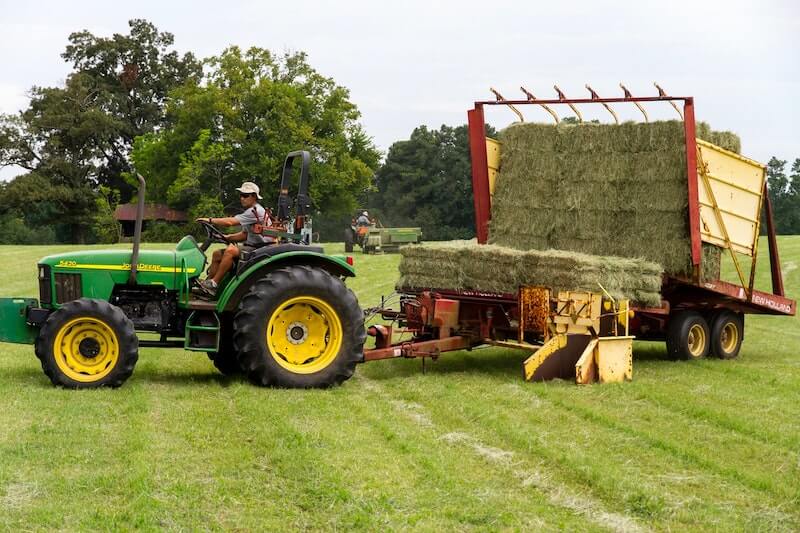
The Complete Guide to Must-Have Farm Equipment for Small Farms
Farming is not just a profession; it's a way of life that demands dedication, hard work, and the right tools. For small farm owners, having the right equipment is crucial to streamline operations, increase efficiency, and ensure the highest quality of produce. But with the plethora of farming tools available in the market, deciding which ones are essential can be overwhelming. Fear not! We've curated a comprehensive guide to the must-have farming equipment for small farms, ensuring you're well-equipped to tackle the challenges of modern farming.
Tractors: The Heartbeat of Your Farm
Let's start with the backbone of farm machinery - the tractor. This versatile piece of equipment is crucial for a myriad of tasks, from plowing fields to pulling heavy loads. Selecting the right tractor is key; it's about finding the perfect balance between power and the specific needs of your farm.
Cultivators & Cultipackers: Preparing the Ground
Next up, we have cultivators and cultipackers, essential tools for soil preparation. Cultivators come in handy for breaking up the soil, ensuring it's ready for planting. Opting for a model with an offset coulter can make a significant difference in soil disruption. Cultipackers, on the other hand, are your best bet for packing the soil post-tillage, creating an ideal bed for seeds.
Plows & Harrows: Turning the Earth
When it comes to turning and refining the soil, plows and harrows are your go-to equipment. Plows, especially moldboard plows, are perfect for initial ground-breaking. Harrows take over to level the ground, remove stones, and break up clods, preparing a smooth canvas for your crops.
Broadcasting Seeds & Planting with Precision
The broadcast seeder and transplanter come into play when it's time to sow your seeds. These tools ensure your seeds are evenly distributed and planted at the correct depth, setting the stage for uniform crop growth. Similarly, seed drills can revolutionize your planting process, offering precision and efficiency.
Front-end Loaders & Manure Spreaders: Handling the Heavy Lifting
For moving materials around your farm, a front-end loader is indispensable. It's the Swiss Army knife of farm machinery, capable of tackling everything from loading feed to clearing snow. Manure spreaders are equally crucial, allowing you to efficiently fertilize your fields with organic matter.
Harvesting Made Easy: Combines & Balers
When harvest season rolls around, a combine harvester is a game-changer, especially for grain crops. It simplifies the process by combining threshing, separating, and winnowing into one step. For hay or straw, a baler compresses and compacts these materials into manageable bales, crucial for storage and transport.
Sprayers: Keeping Pests at Bay
To protect your crops from pests and diseases, sprayers are essential. Whether you choose a boom sprayer for large areas or a more portable knapsack sprayer, these tools ensure your crops receive the protection they need.
The Classics: Scythes & Sickles
Last but not least, let's not forget the traditional tools that have stood the test of time: scythes and sickles. Perfect for small-scale farming, these tools are excellent for harvesting grains and cutting grass, proving that sometimes, the old ways are still the best.
Let's Chat Farming
Navigating the world of farming equipment doesn't have to be a solo journey. Whether you're pondering the perfect tractor for your needs, debating between a cultivator or a cultipacker, or just want to share your experiences with traditional tools like scythes and sickles, we're here to chat. Remember, the right equipment not only makes your job easier but also ensures your farm thrives for years to come. Let's embark on this farming adventure together, equipped with knowledge and the best tools for the job!
